#CohesiveEskomSolutionz
Explore tagged Tumblr posts
Text
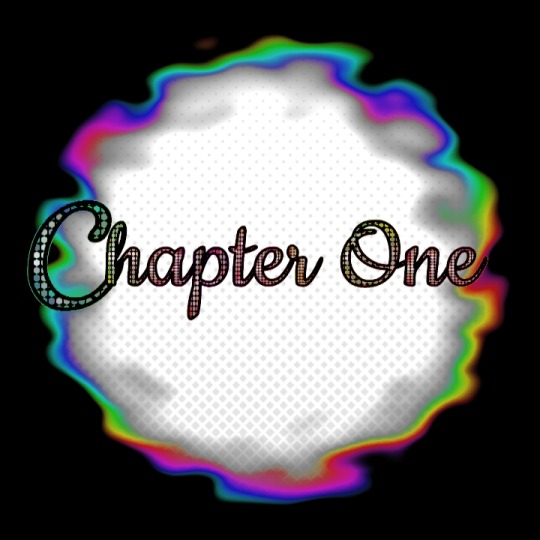
Chapter One
A TZzzzzttt of Class
Eskom remains South Africa's sole electricity provider; which, under the Competition Act is unlawful. However, no competitors have ever challenged the status quo. Until now. Before now... ja. They (Eskom) have been kind of running shit, as an SOE but the only time they seemed to have a handle on shit was when then-Vice President H.E. Cyril Ramaphosa was at the helm of the Emergency Board.
So, how Eskom-provided electricity works is as follows:
♧ There is a large nuclear or thermal power plant (or a hydro-electricity dam) in a rural location. This power station is sometimes the source of the electricity consumed in multiple cities and towns, even a whole province.

♧ From this central power creation station, power is transported via thick, copper cable lines all the way to a town's power station, where, many people err to think, power is created. Nope. It's just a series of transistor transistor nodes in the conduit.
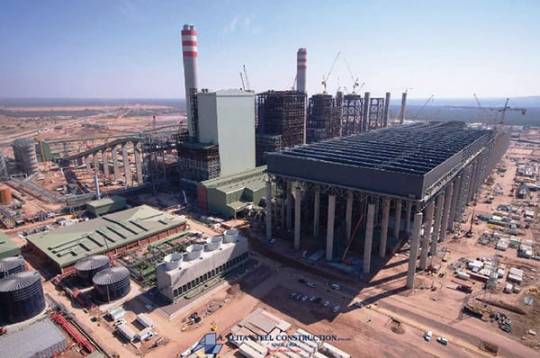
♧ Another sub-station can be found in residential areas or 'the suburbs', that is called a sub-station and is usually the size of a one-bedroomed or bachelor pad and fenced off for everyone's safety.
♧ The last 'sub-station' between the power plant and the home or business in which it is made use of, is the street power box; which is usually found on a corner and has no fenced off boundaries and is usually about a metre tall.
From this box, the electricity is sent to the home or business' electricity power box. This, in the circuitry of Eskom-provided electricity, would be a switch or circuit-breaker; as well in function, a cell. However, because these parts of the circuit, up to the power station have no physical switches of the size needed to disconnect or reconnect the quantities of electricity we are talking, corner box tiny, fragile phone switchboards are hardly making a difference to the nearly unlimited power that can be siphoned off the national grid. And is, currently, if you ask me.
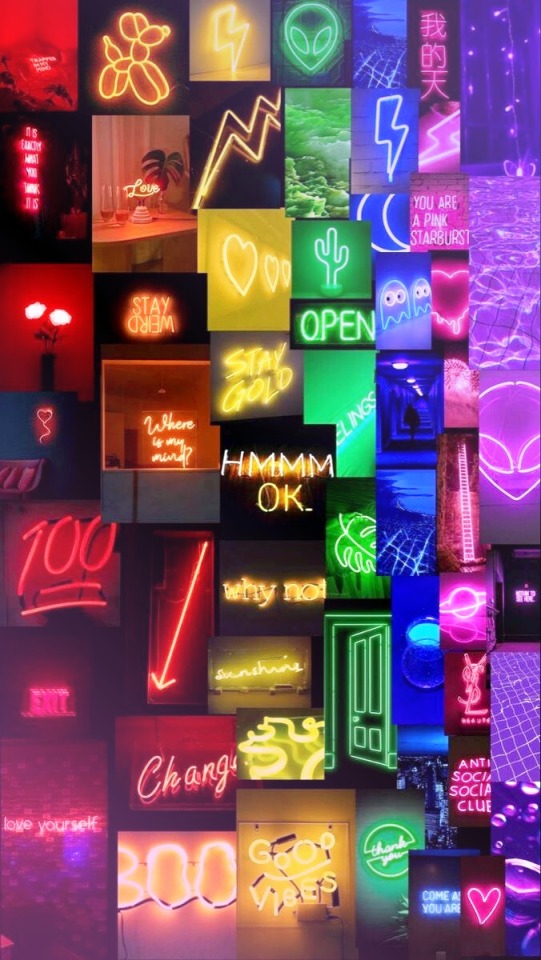
Single Phase Power - This is electricity meant for home use. Eskom supplies home consumers with single phase electricity. Small firms (with 5 office employees in total) and even massive skyscraper-housed firms (with 2300 office employees) would both be using single phase power. If each floor had their own power box, as is usually the case in multiple floors. This means that the surge of power in wattage that can be accessed is limited.
This is easily identified by a plug wire thickness of copper cabling needed to transmit a constant stream of electricity, used to connect different nodes or switches in the one phase power box.
Three Phase Power - This is the kind of electricity consumer you would be, if you had a wood workshop, for example, in which you used multiple power tools as well as the usual office and kitchen equipment. Often, when one wants to open a business; either at home or at a bought or leased premises, one would have to enquire whether the zoning of that erf (street number or floor or sub-erf) is residential one-phase or industrial three phase. The reason for this is if you operate from a 3 phase street (yes. Three phase is applied to whole streets at a time) then you would be paying 6 times as much for electricity, even if you were only operating an office needing only one phase electricity supply.
If you wanted to change the zoning of your street to three phase power, you would have to first put an ad in the local newspaper announcing your intention to make an application to change the zoning as well as send a notice via registered mail to all residents/business operators, in the street you live or operate in. You would have to host a meeting at a venue at which any stakeholders could come and voice their agreement or concerns with your proposed application. Unfortunately, if you have even just one person in disagreement, you will not be permitted to continue the application; which is lodged at your nearest Civic Centre.

The reason for this; perhaps not obvious at the time; is that three phase power costs about 6 times more per unit than residential or one phase electricity; and even if the rest of your street does not need three phase power, they end up paying for it. This is because the power box on your corner, that services the whole street needs to be upgraded to three phase. Probably, for that reason, you have to hand deliver notices of your intention to lodge an application; as well as a notice and details of your meeting, regarding the proposed re-zoning of that street; at every house number in that street.
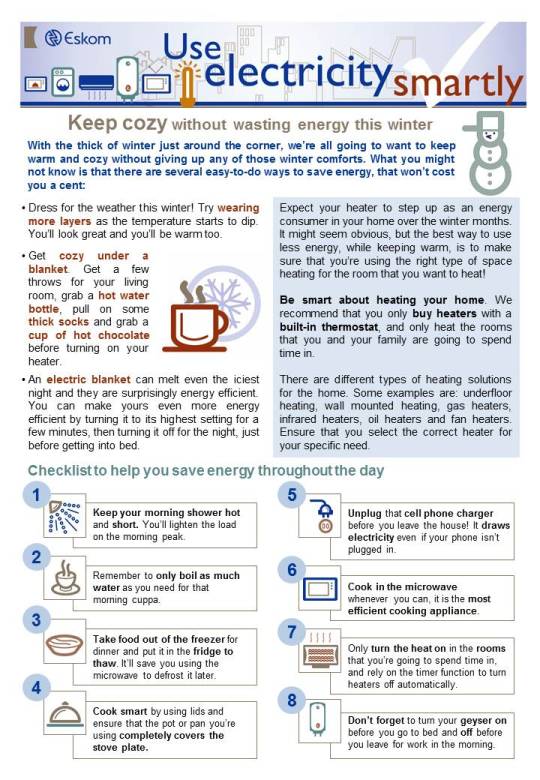
Once the zoning is three phase, it is difficult to get it re-zoned back to residential; if not impossible; probably due to the infrastructure and street box upgrade because three phase power requires thicker copper cables; all the way to your power box. And all the way back to Eskom or your local Power Plant.
The benefit to installing three phase power is that electricity doesn't trip and heavy machinery and devices can be used; with abandon; and without a weak electrical power source that is not equipped to handle such a high rate of power consumerage.

Quite often, people living in the suburbs, never check the municipal zoning of their street and as a result, end up buying/renting a house that is zoned under a three phase electricity supply or semi-industrial zoning. This can significantly lower your home, the street and the suburb's real estate value. Non-consumers of three phase have been known to be crippled, financially, by the rate charged for the unnecessary cost of an oversupply of Eskom's three phase electricity.

Other types of businesses that make use of three phase power are:
◇ Laundrettes
◇ Specialist medical facilities
◇ Metal Workshops
◇ Small Factories
◇ Food Processing outfits that need freezing and refrigeration
◇ Auto repair shops
◇ Scrapyards
◇ Lodges and spas
◇ Showrooms
Wherever a lot of copper wiring is found in a machine, device or tool, it's a good indication that the devicemakes use of large quantities of electricity. The less copper, the cheaper it is to run; electricity-wise.

Any item, which has a heating element or a cooling fan, is also, more likely than not, consuming a lot of electricity. Any items that vibrate, rotate, oscillate or provide a force of motion (like electric scooters) or hairdryers also consume a substantial amount of power as opposed to manual or semi-manual (for example, with batteries) devices.
Tumble-dryers, heaters, electric blankets, hair irons, ovens and lawnmowers as well as air-conditioners are all high energy consuming appliances that DO trip residential zone power boxes; when used with too many plug points in use, simultaneously. Electric gates, water pumps used for water features, Jacuzzis and swimming pools are also high consumers of electricity.
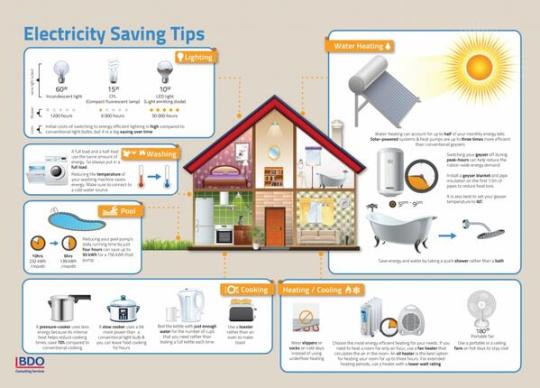
#ATZZzztttOfClass#ChapterOne#Eskom#loadshedding#zoning#threephasepower#residentialzoning#powerboxes#electricityconsumerism#CohesiveEskomSolutionz#GreenPower#CleanGreen
1 note
·
View note
Text
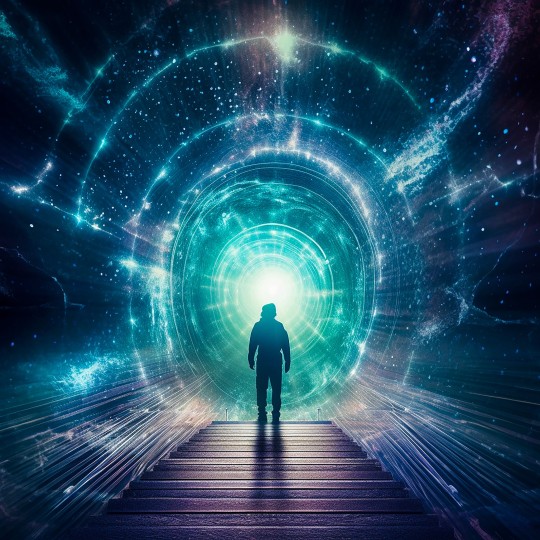
PREFACE
This docket of past wrongs and the current continuation of these wrongs; in the context of the never-ending oppression of Africa and all his nations; starts at the very beginning; when white colonizers; daring to call themselves South Africans, at the time; DARING to call themselves the masters of this Sovereign(s) Kingdom; had trespassed upon ancestral and historically indigenous grounds, circumspecting the coast of South Africa. And settling. Only to try and wholly consume the kind hosts who had given them much-needed water, meat, medicines or remedies and a concerned face peering into yours as you lie on a beach, half-dead: for whatever reason.
It was at this very time-ish that the Powers That Be decided that electricity was only a resource to be handed out amongst the white, suburbia residents. Handed out. Oh no; if you have a power box on your street corner, you are essentially hooked up to the mainframe. Or national grid as it is known. To; with unbridled, mad consumer streke; siphon the "national grid" dry of all it's electricity. Whilst township spend another night in the dark.
The very first streetlamps were installed in Pretori in 1882. In the same year, the Table Bay Harbour had installed 16 Brush Candlepower arc lights, illuminating the harbour; minimizing harm caused to dock workers as the result of accidents; whilst Edisons were shining brightly at the Good Hope Lodge - being the first incandescent lights ever used. They were the result of Edison having promoted a namesake prototype, similar to the design and the function of the modern-day filament lightbulb.
In 1887, the Table Bay Harbour Board built a centralized station supplying public spaces with lighting only - by means of transformers. This was the first supplier and distributor of it's kind in Africa . The 'New Lighting Works' was built in Pretori in 1897 and thereafter, the 'Rand Central Electric Works' in Brakpan, Johannesburg was established in that same year and was the first central public utility power station.
I do have a point to make. Bear with the short summary of a lot of historical data. That, by the way, I had to doze through to write this exciting "Fuck You!" at inequality.
In the year 1889, Siemens & Halske was contracted by the national government (frauds) of the time to supply electricity to Pretori and Johannesburg.
The Victoria Falls Power Company Ltd. was established in 1903 in Zimbabwe after many wealthy businessmen had spoken with their one-up, in hushed whispers for some time, in smoky parlours - persuading investors to consider bringing the illuminating lights of electricity and various other uses as in the many mining applications of the day - to the gentleman's domestic homestead.
Victoria Falls and Transvaal Power Company Ltd became the new name three years later; after South African rulers had realized they were onto a good thing. The company is still operational in the coal mining sector; by some heavenly favour; even after the debilitating loss you will read about shortly.
The VFP bought out the Rand Central Electrics Works as well as the General Electric Power Company Ltd. in 1906.
In 1915, VFP built four thermal power stations; one at Vereeniging, one at Brakpan, one in the Simmerpan and of course, one at the Rosherville site; with an installed capacity of Mw160.
Eskom, today, still makes use of the system control centre, which was built at the Simmerpan Thermal Power Station, at about the same time. Eskom's entire national transmission network is directed through an upgraded, upcycled version of the original system control centre.
The VFP also undertook the laying of South African electricity infrastructure, in the form of long-distance transmission of high voltage electricity in extreme climatic conditions that were prevalent in the Witwatersrand - thunderstorms and so on - and therefore, very dangerous. Salaries and wages must have been competitive.
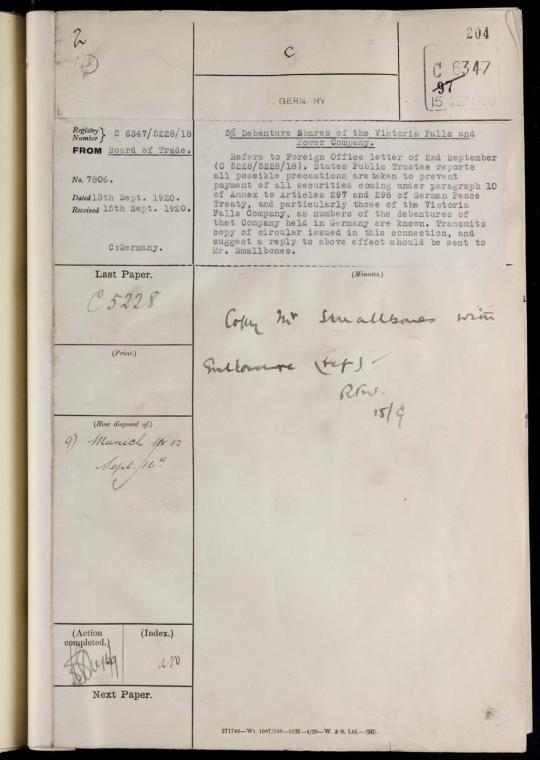
Unfortunately, in 1910, the Power Act was instituted by the colonial governors of the time, which concluded that, after 35 lank-expensive years of infrastructure laying and the trial and error of new business ventures in the fields of the sciences, most especially, physics, that the company was to be expropriated - by government - along with any other electricity generating and supplying companies (that might have mistakenly thought they had it good); as the government wanted absolute control over (everything AND) what it deemed a utility and essential service.
After the electrification of the South African national railways, ou Trrransnet; UK based consulting engineerial firm Meets & McLellan was requested to inspect the electricity sector and it's incarnations and submit the findings of said inspection to the government. Lord Charles Hesterman Mertz was considered a universal electricity and railway electrification expert and submitted the report in 1920. As a result the Electricity Act was passed in September 1922.
The point of all this is:
a) Zimbaabweee's diamonds were most likely mined and sold and that is what afforded our level of electricity 'infrasructure' here in South Africa as it was the Victoria Falls Power Company that had laid infrastructure for 35 yrs before having to hand it all over to the guvvies of SA. I don't know what dodgy deal had transpired then but clearly Zim owns a piece of S.A. electricity. Or is owed a sweet-toned apology letter and hug. Whilst they starve.
b) David Livingstone's memoirs record the Victoria Falls as being named 'The Smoke That Thunders' or 'The Thundering Smoke'. I think we should respect that it was named by Zimbabweans that the Zimpeople named their own waterfall with most lovely name ever, translated, I think, to Tsnyamiyami.

c) Lord so-and-so and Governor so-and-so and railway electrification whatever; all this whilst, at roundabout the same time, His Royal Majesty Zulu King Cetwayo lay in a prison-like cell, at what is now called Oude Molen Eco Village in Maitland Garden Village, where he lived out his years and died; having never set his eyes on his people, Nkandla or Imbizolandela again.
The uncomfortable truths about colonialism.
Furthermore, Zimbabwe's natural resources were used to install a whole lot of essential Eskom infrastructure. It's actually physically nauseating when I look around and see Broken Native Zimbabweans, having to work further and further afield, just to hire trucks to take food home, living frugally, for that purpose, year after year.
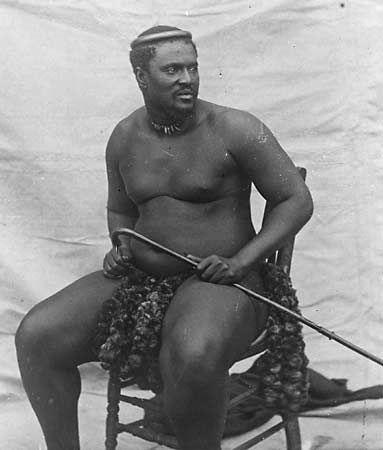
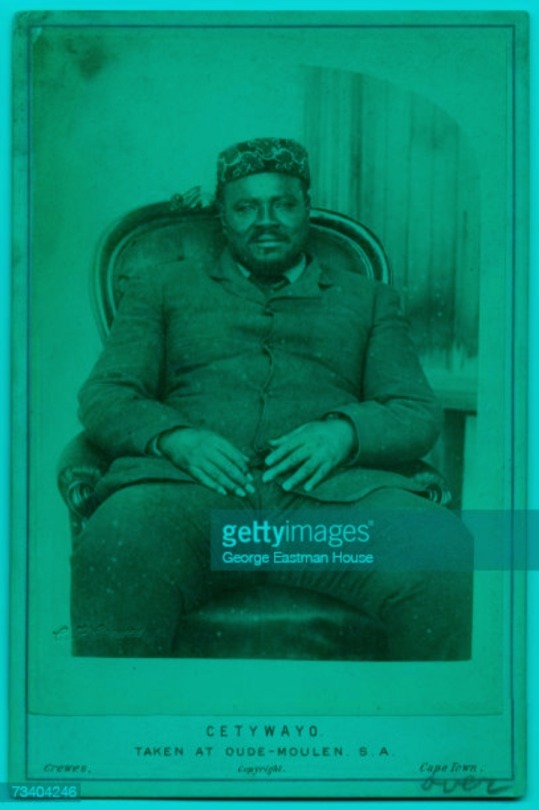

Bibliography
https://www.eskom.co.za/heritage/the-early-years/#:~:text=Kimberly%20Electric%20Streetlights%20%E2%80%93%20February%20to,evening%20of%2015%20February%201882.
#eskom#loadshedding#cohesiveeskomsolutionz#power#GreenCleanPower#TheEdisonLightbulb#ThomasEdison#Preface#HRMKingSetswayo#ZuluLand
1 note
·
View note